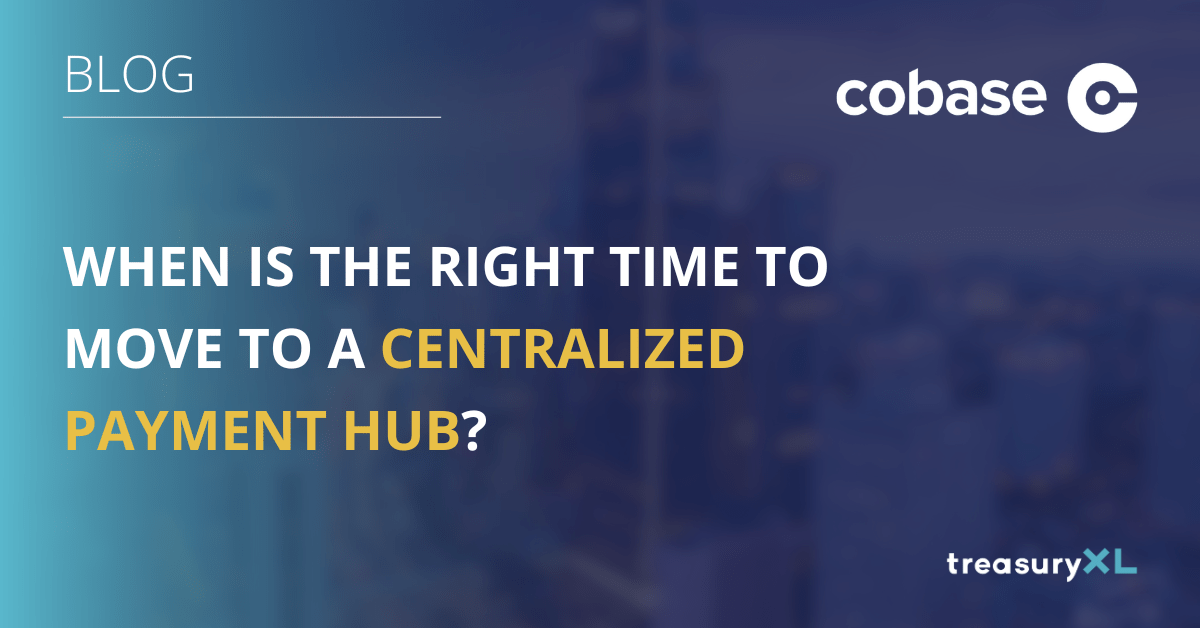Key Indicators for Centralization
1. Rapid Business Growth
Increased transaction volumes and complexities during rapid growth can lead to inefficiencies. A centralized system streamlines processes and reduces errors.
2. International Expansion
Managing multiple currencies and regulatory environments becomes challenging. A centralized hub automates compliance and facilitates seamless international payments.
3. System Fragmentation
Multiple subsidiaries using different payment systems can cause delays and errors. Centralization provides a unified view and enhances control.
4. Regulatory Challenges
Navigating complex regulations is daunting. A centralized hub offers automated compliance checks and real-time updates.
5. Security Concerns
With rising cyber threats, centralizing payments enhances security through advanced measures like encryption and fraud detection.
6. Inefficient Cash Flow Management
Poor cash flow visibility can lead to liquidity issues. A centralized hub enables better management and forecasting.
7. Need for Data-Driven Insights
Disparate systems hinder insights into payment trends. A centralized hub provides integrated analytics for better decision-making.
Don’t miss out on these actionable insights! Read the full blog now in the link below.











